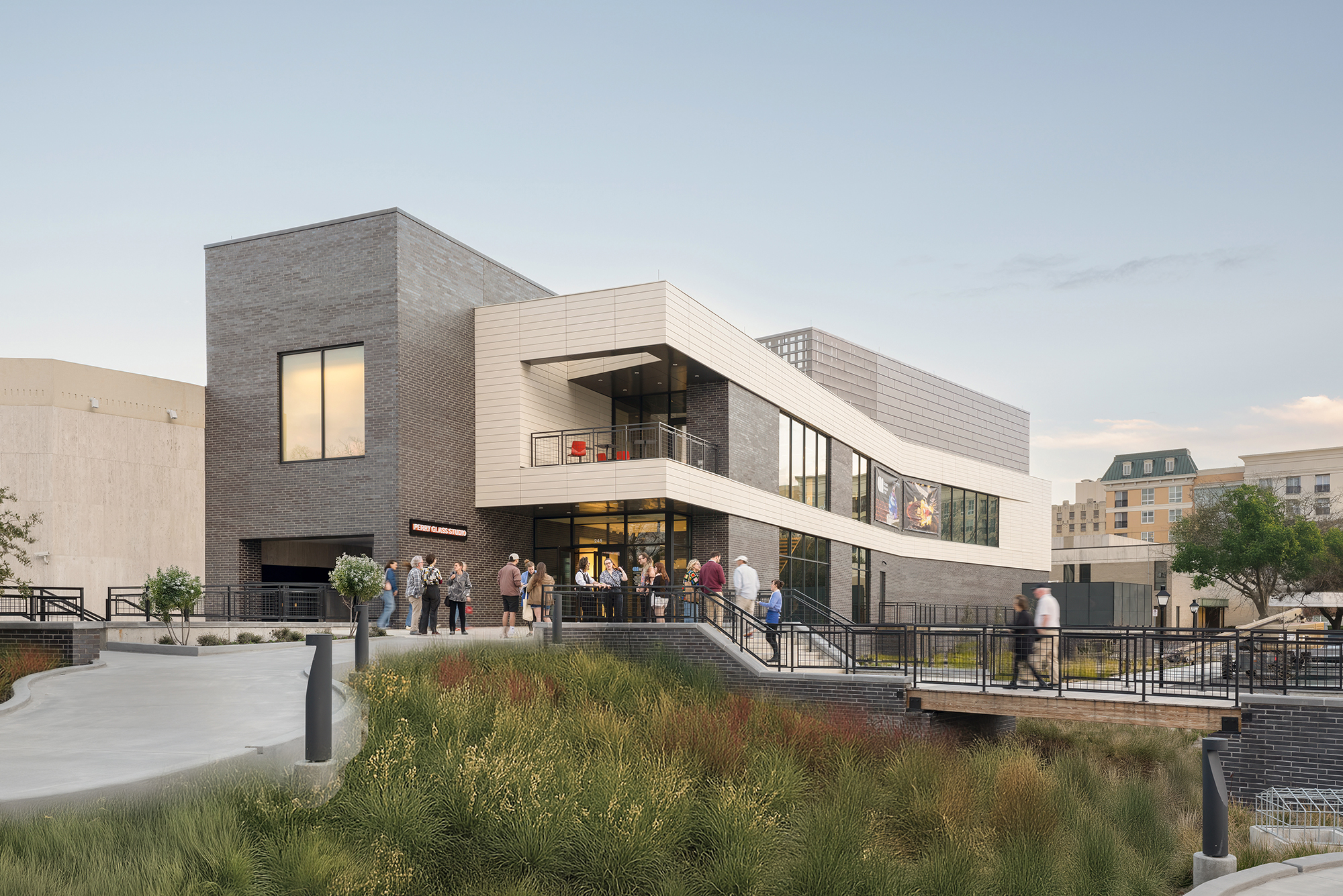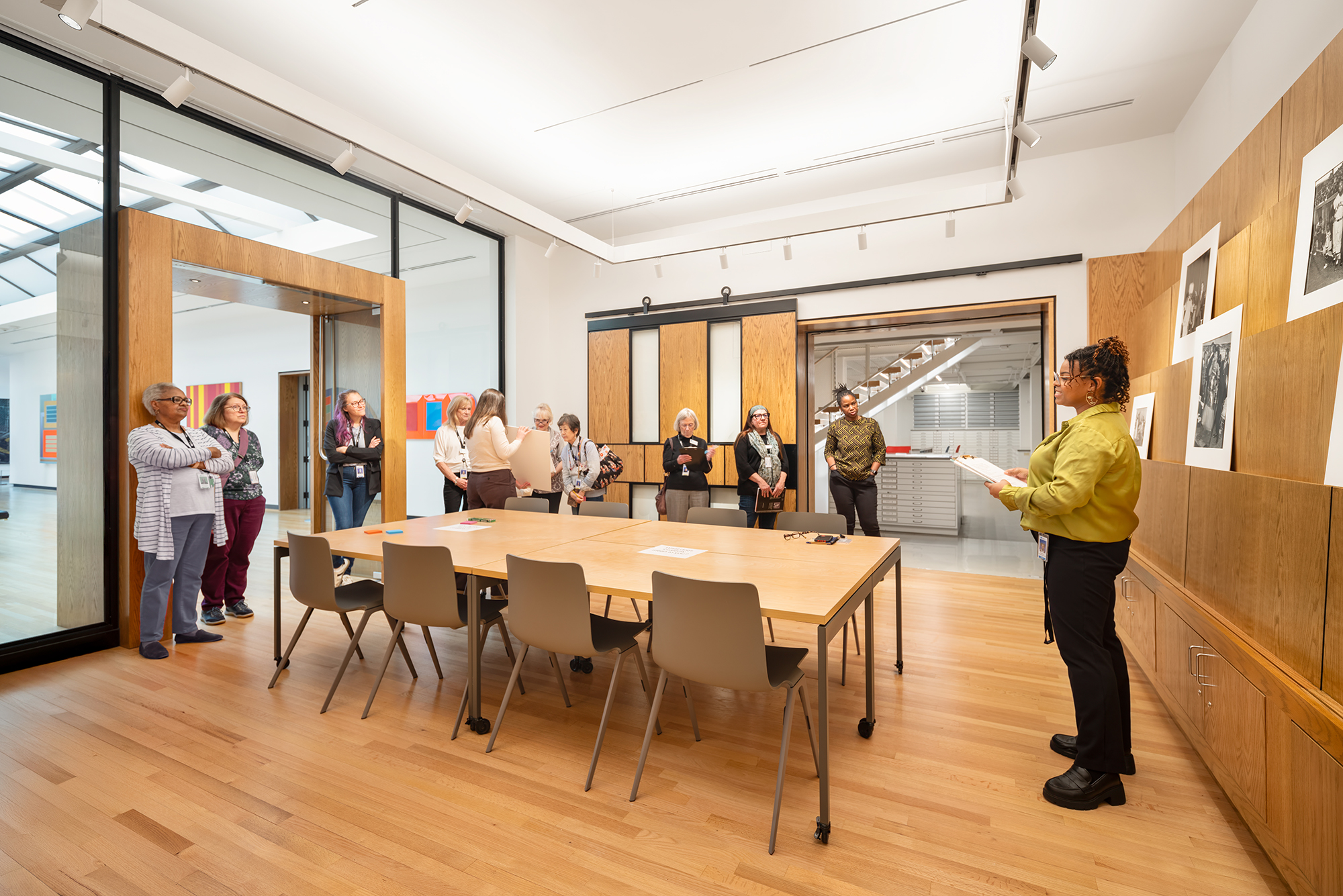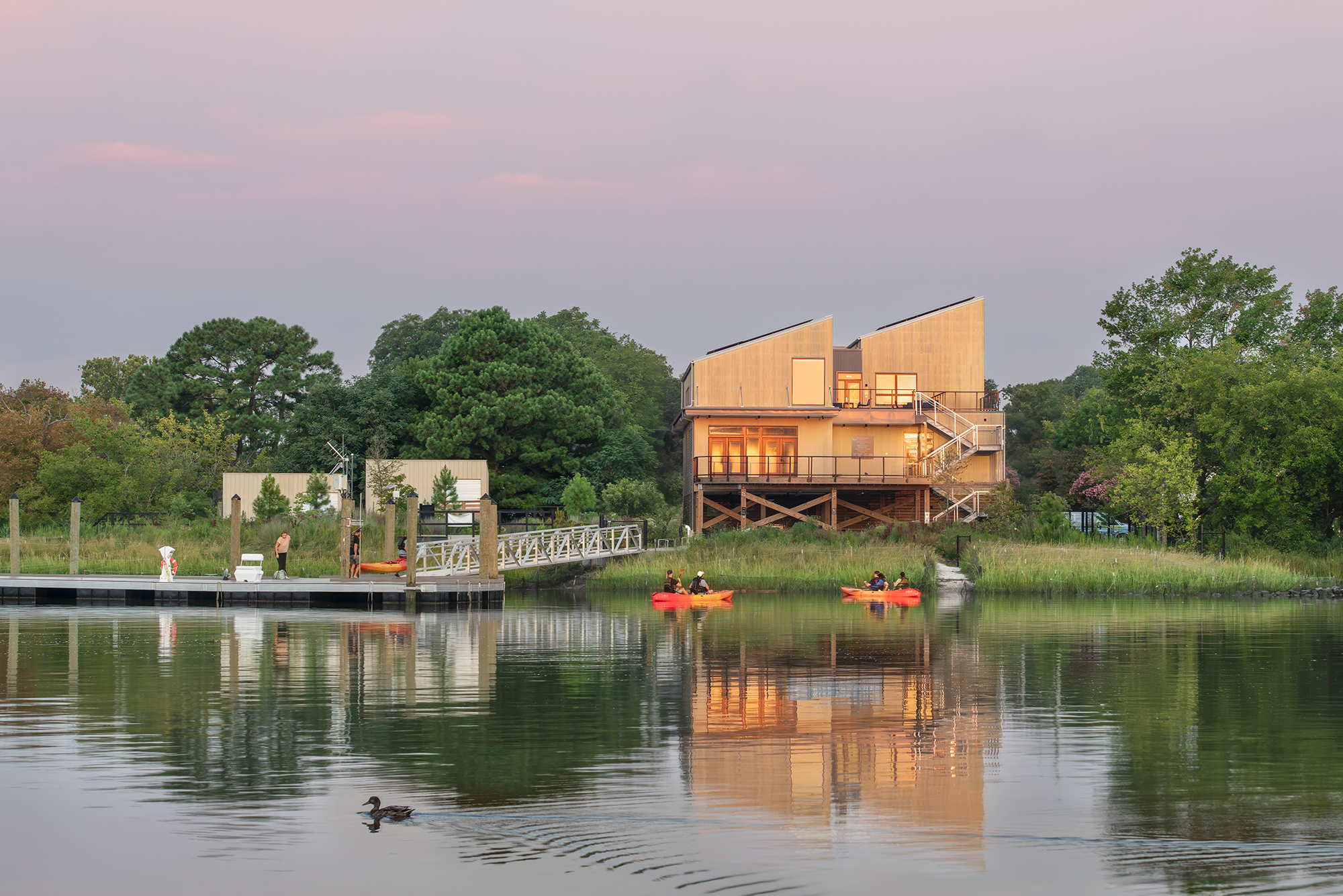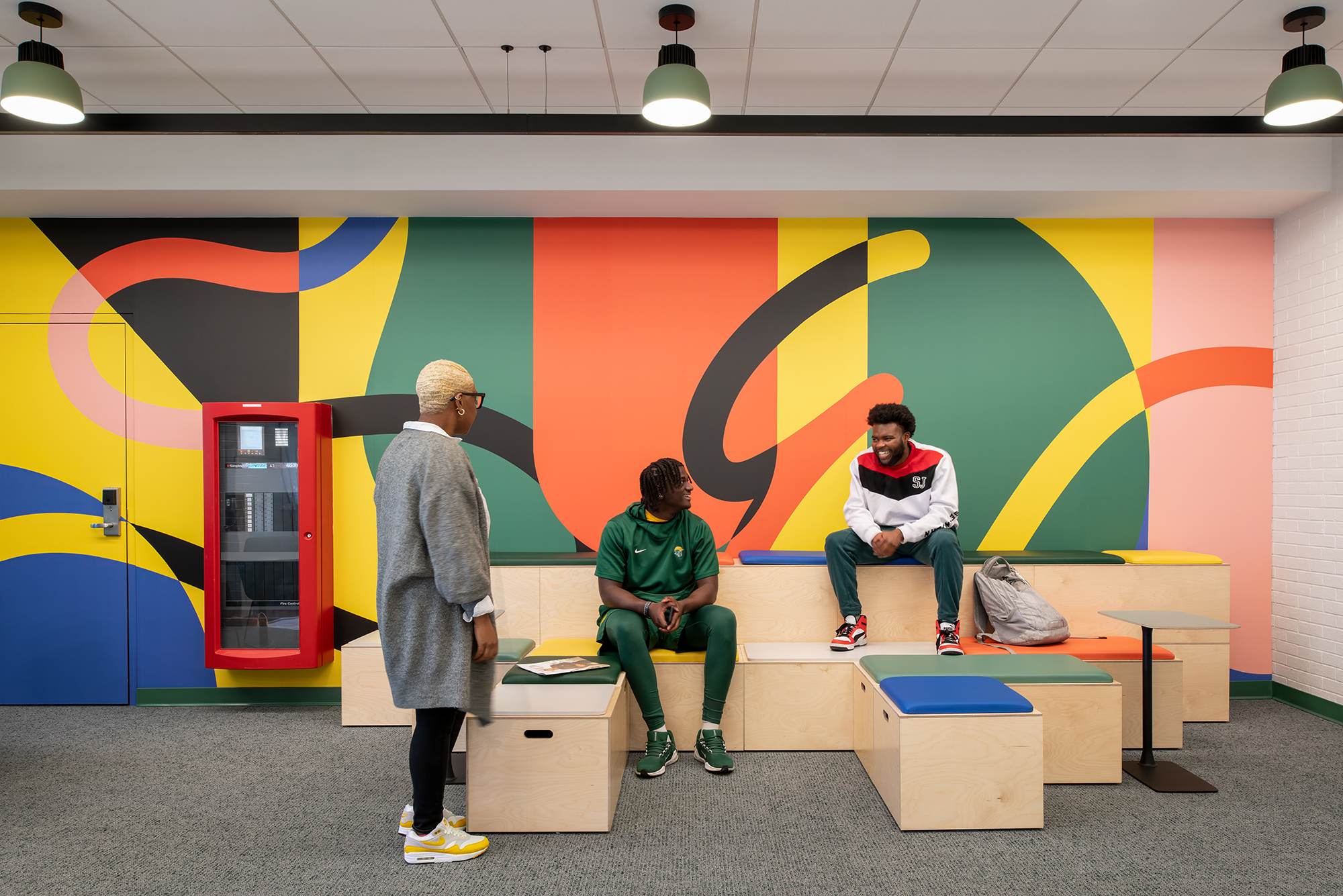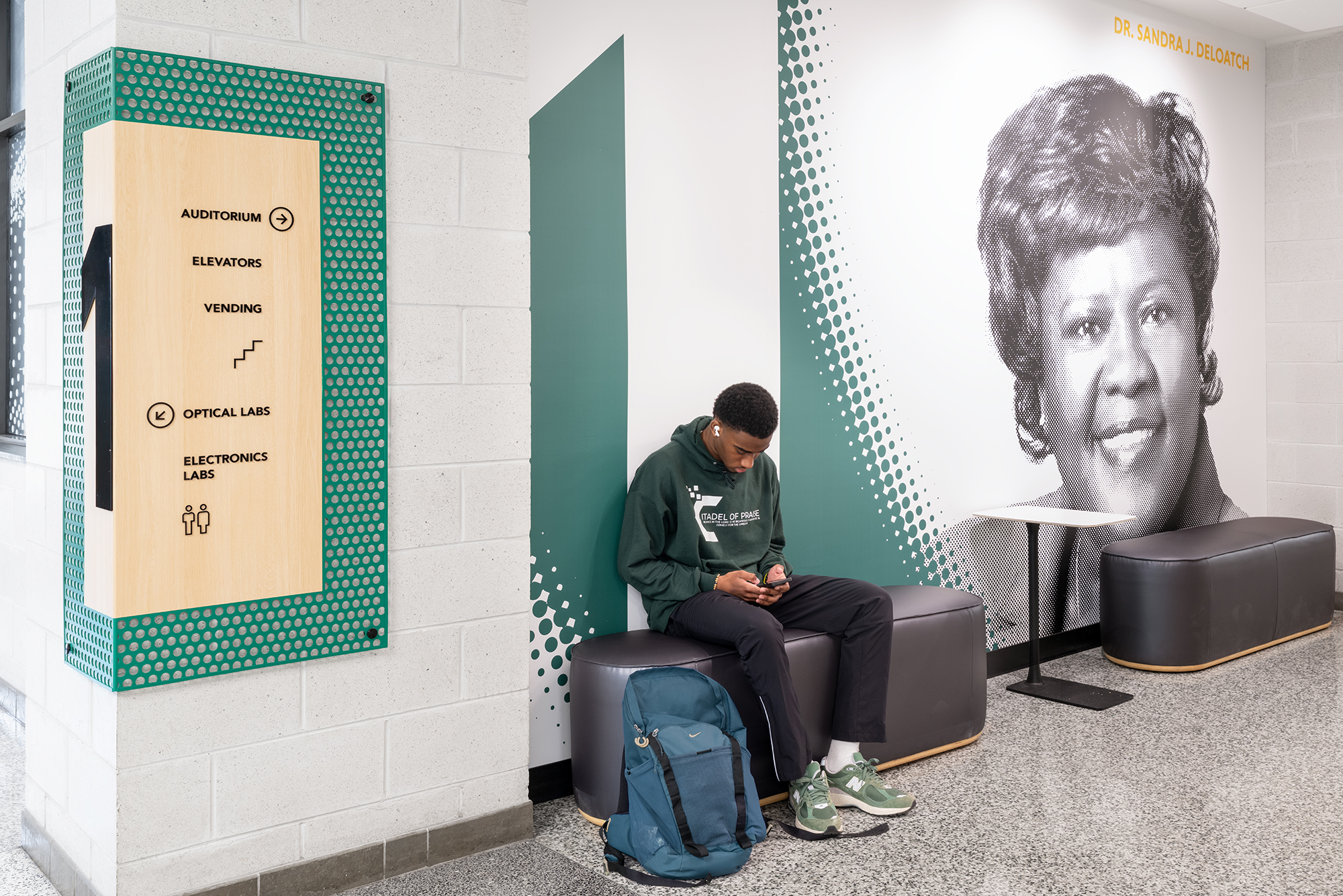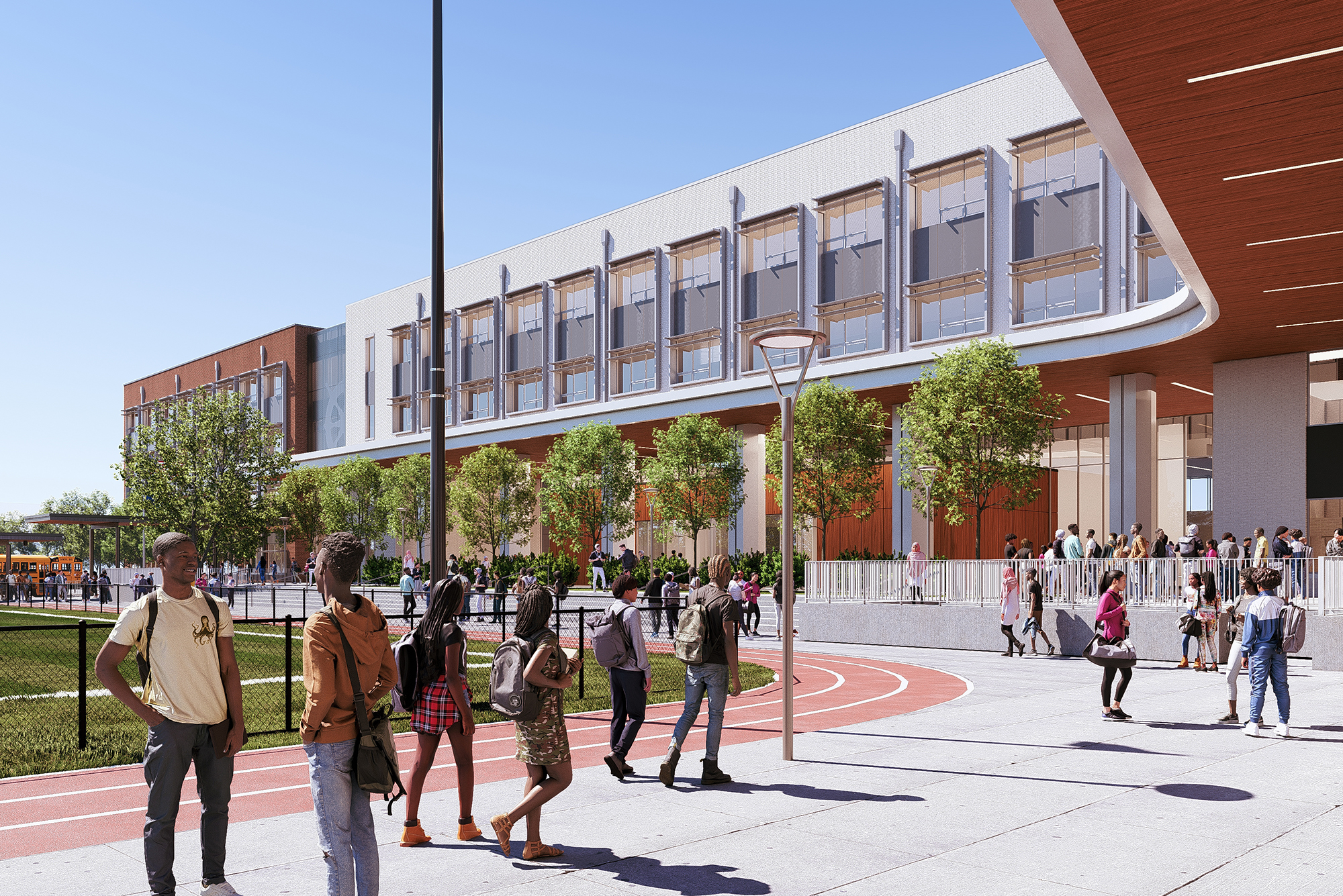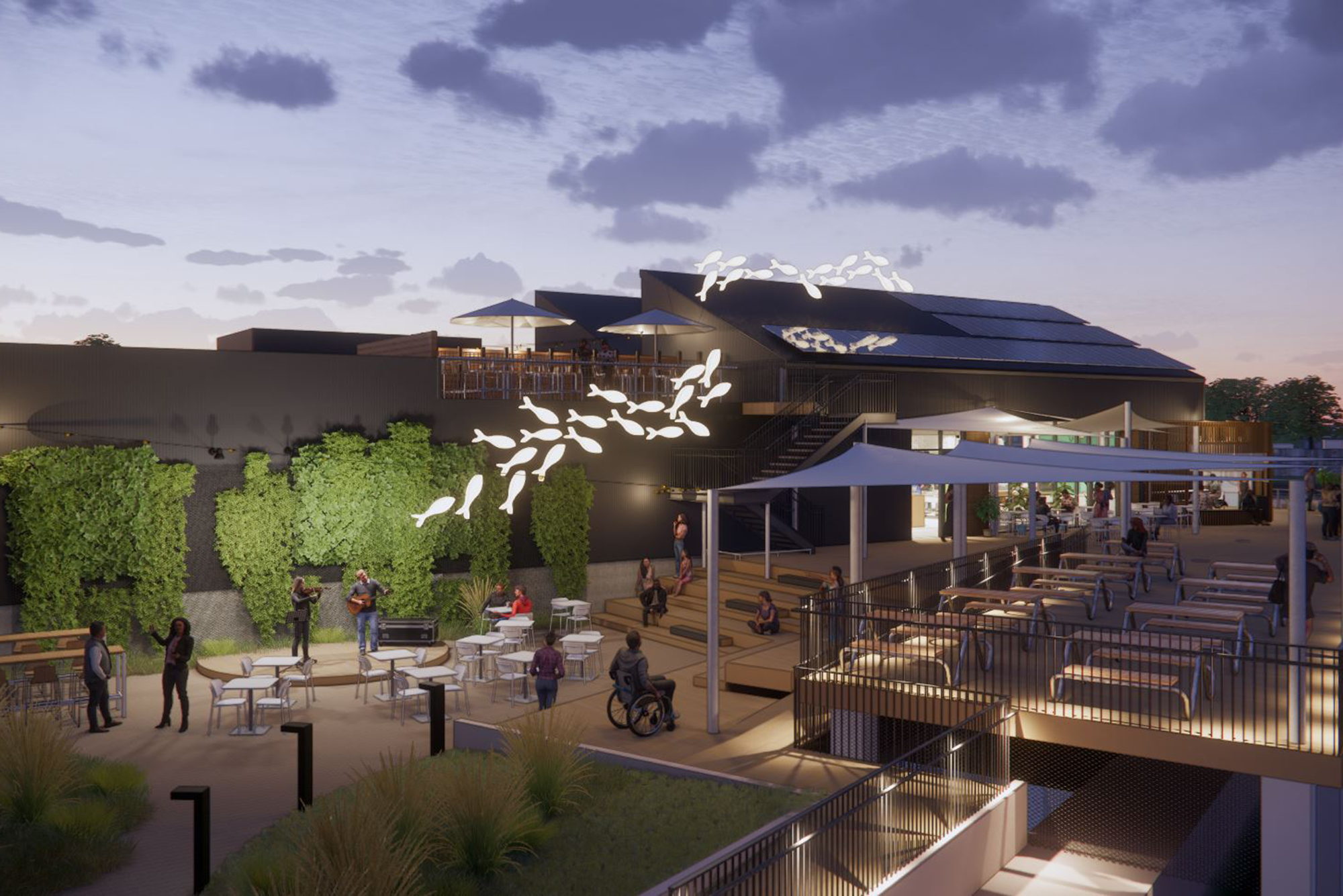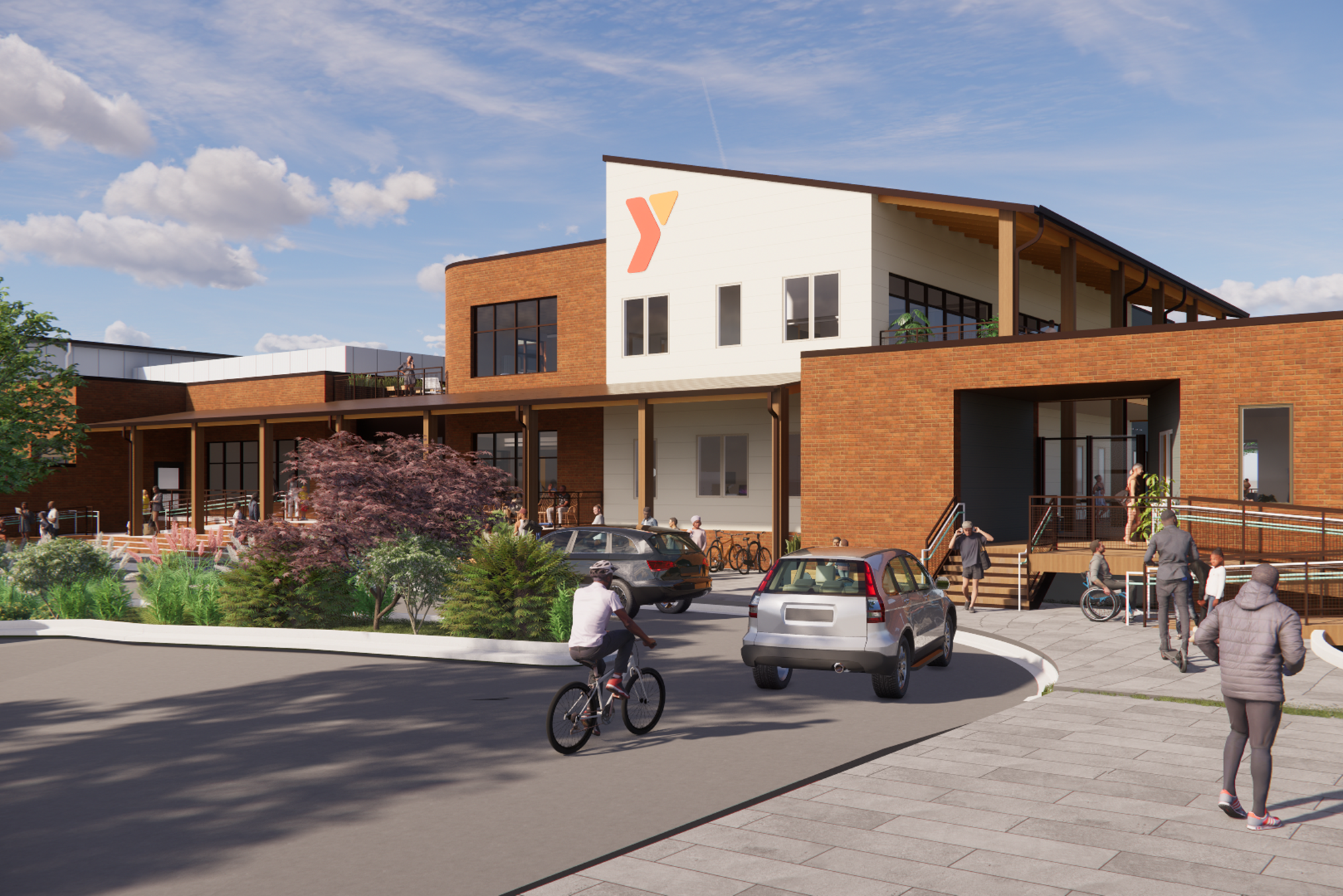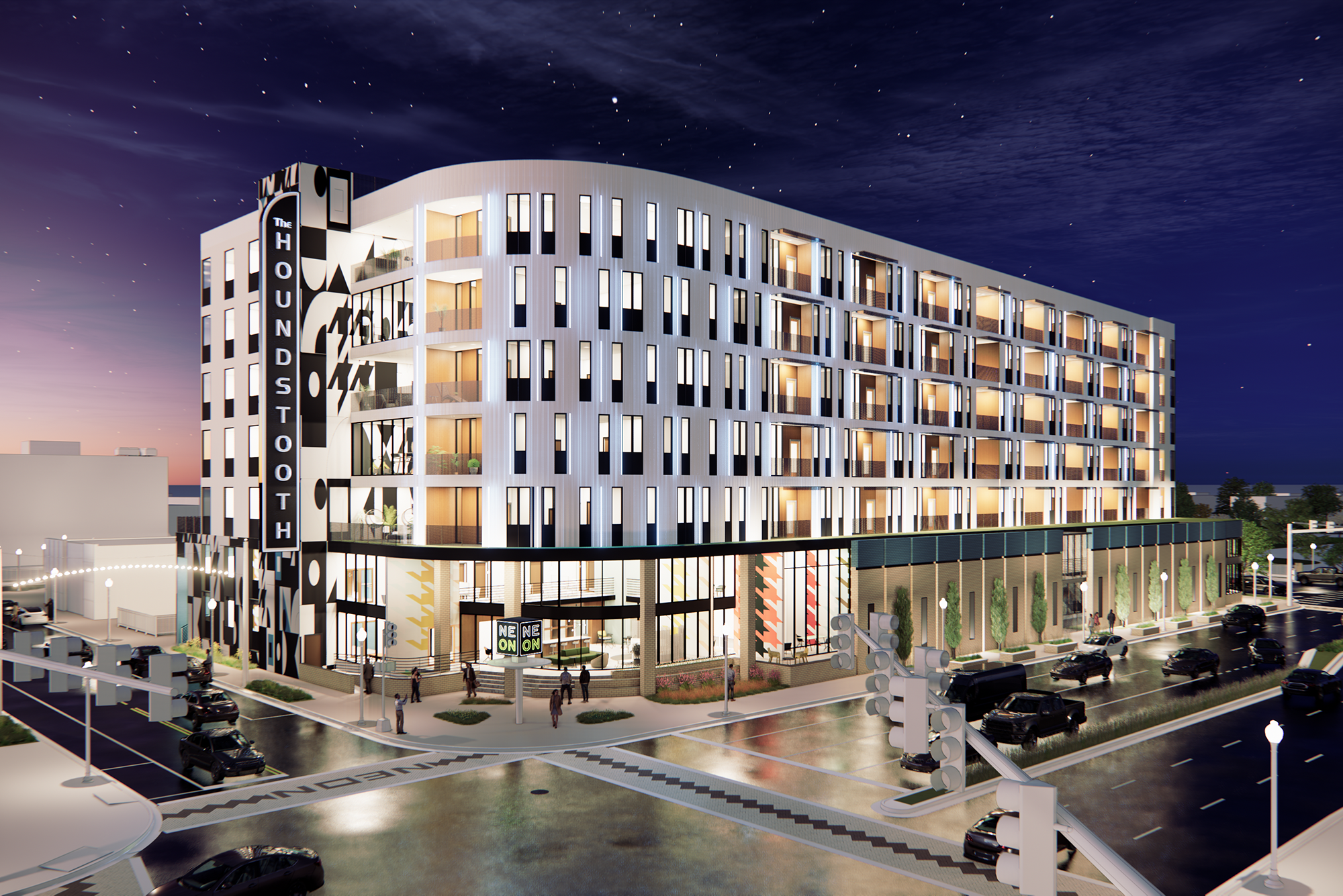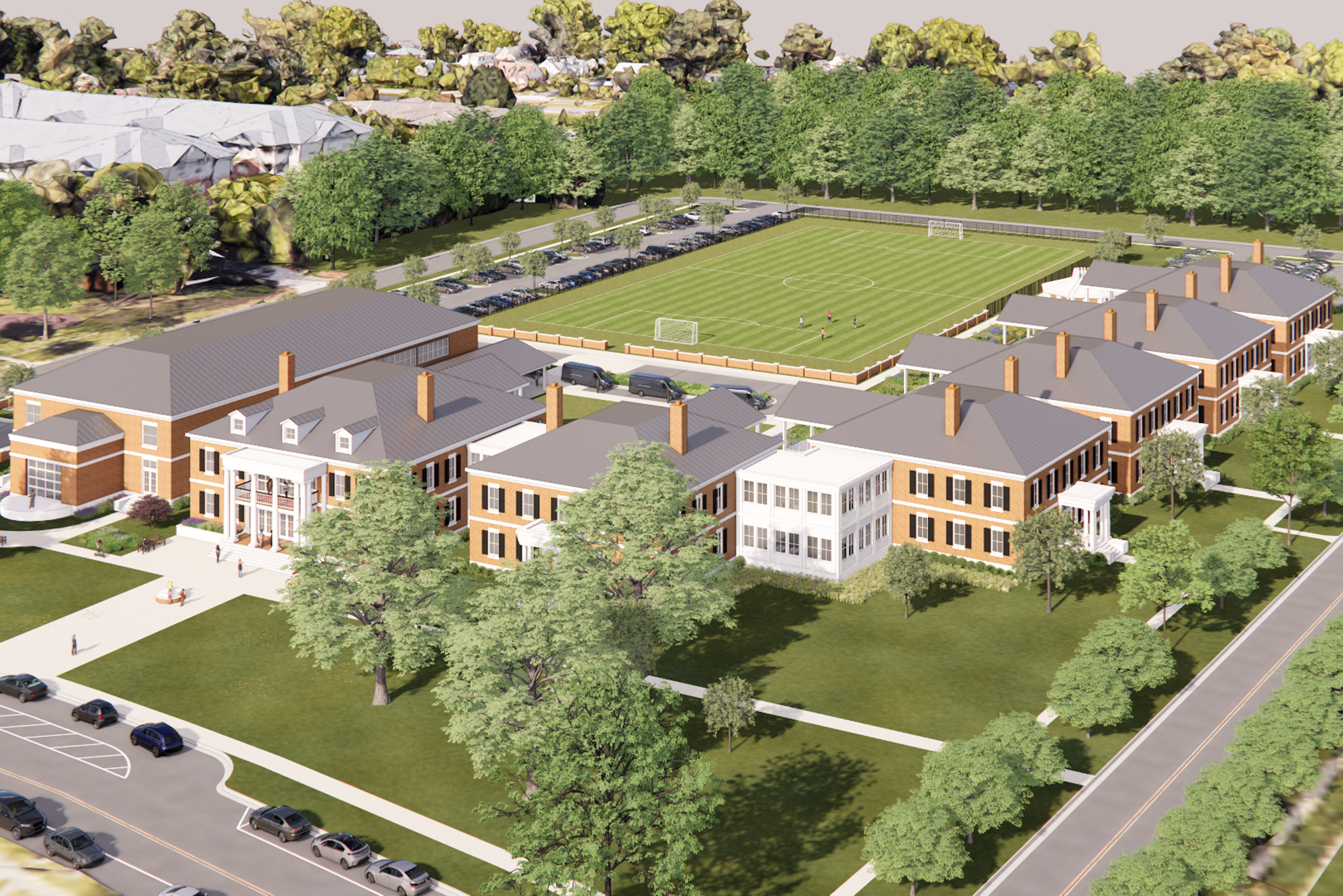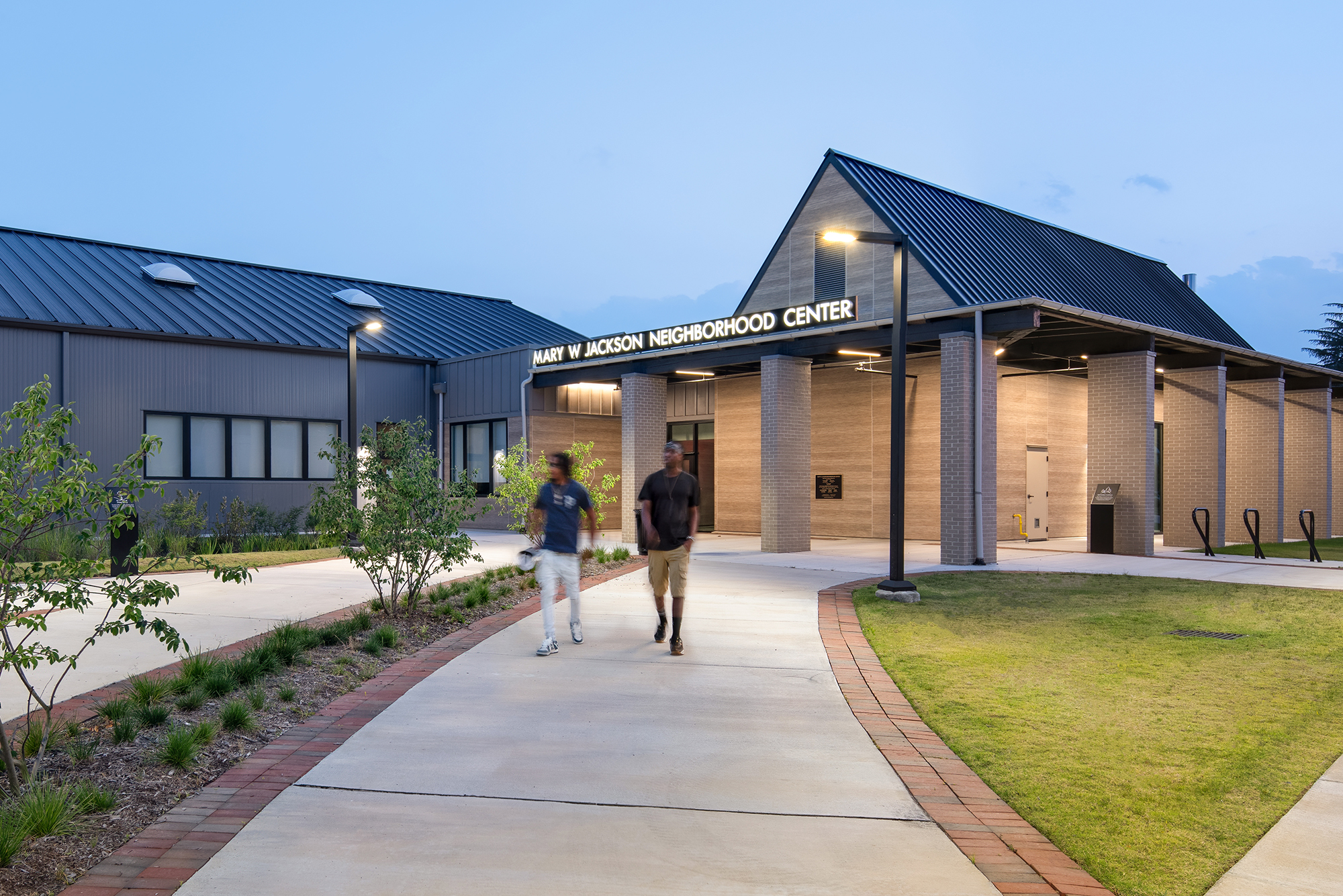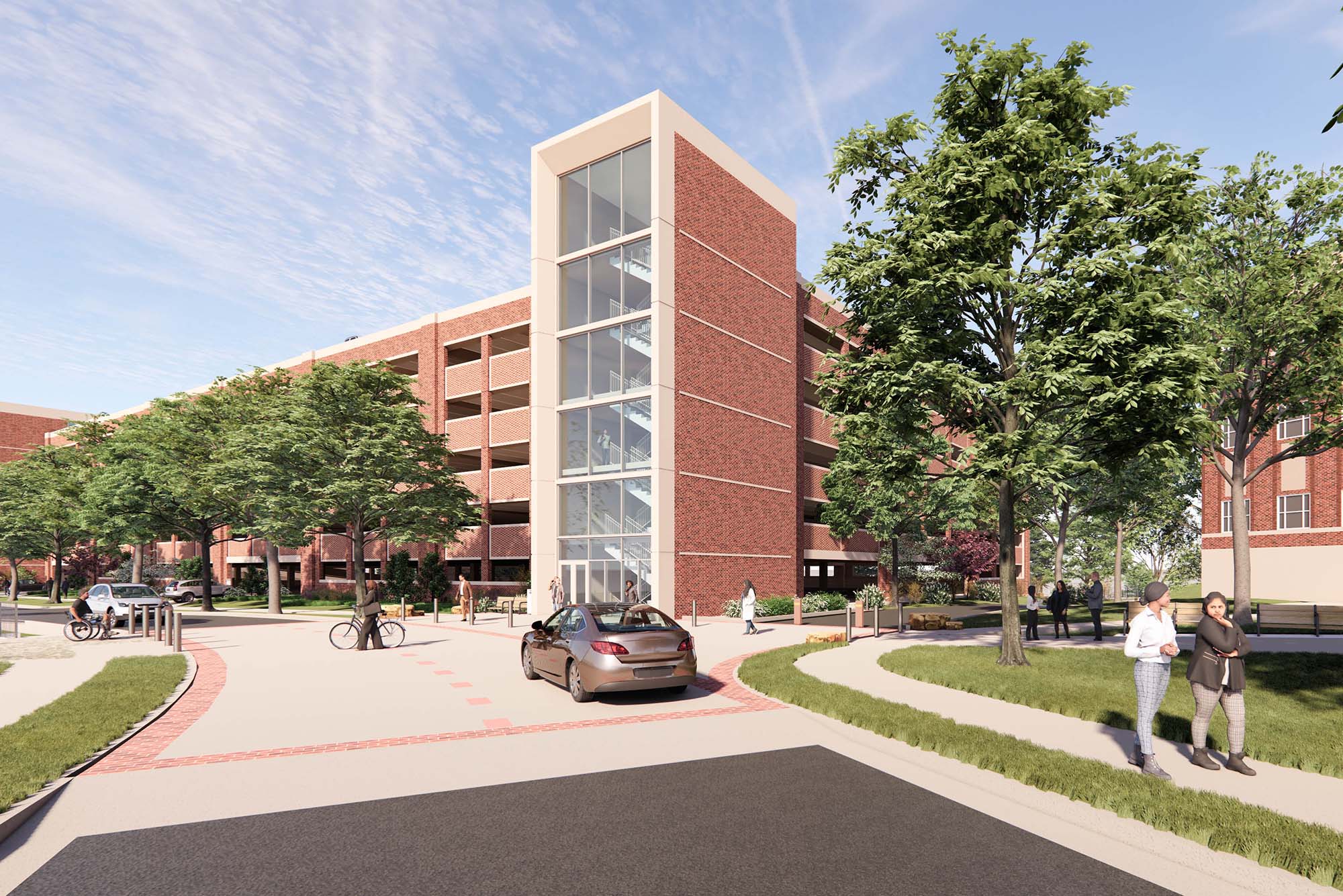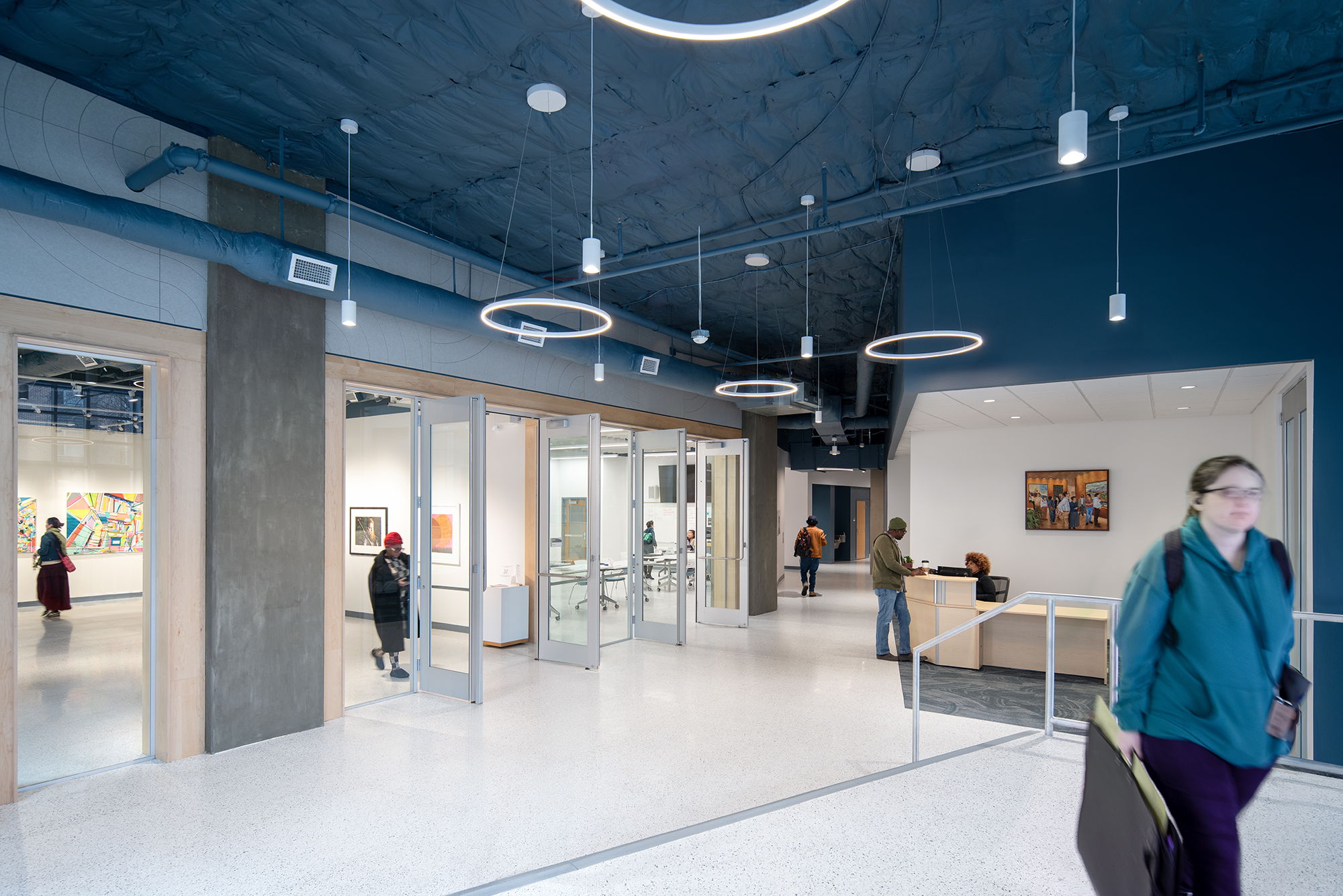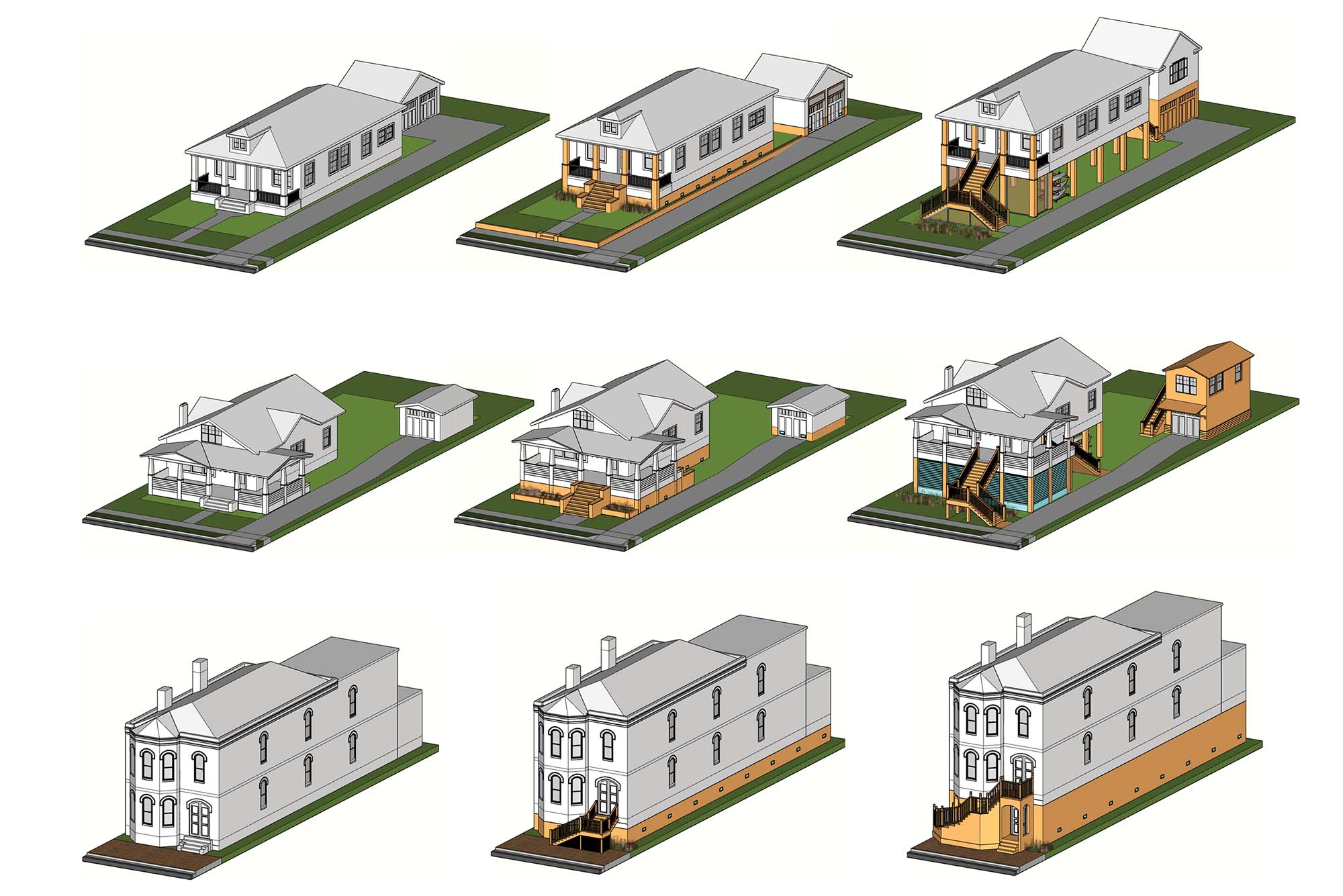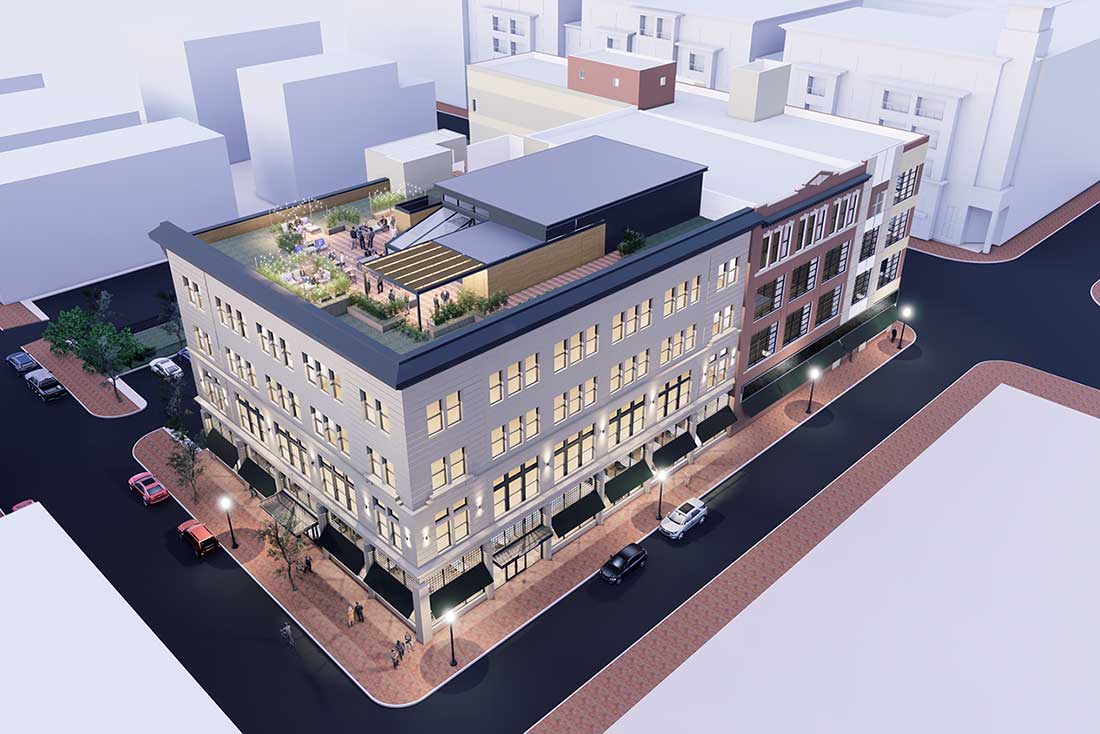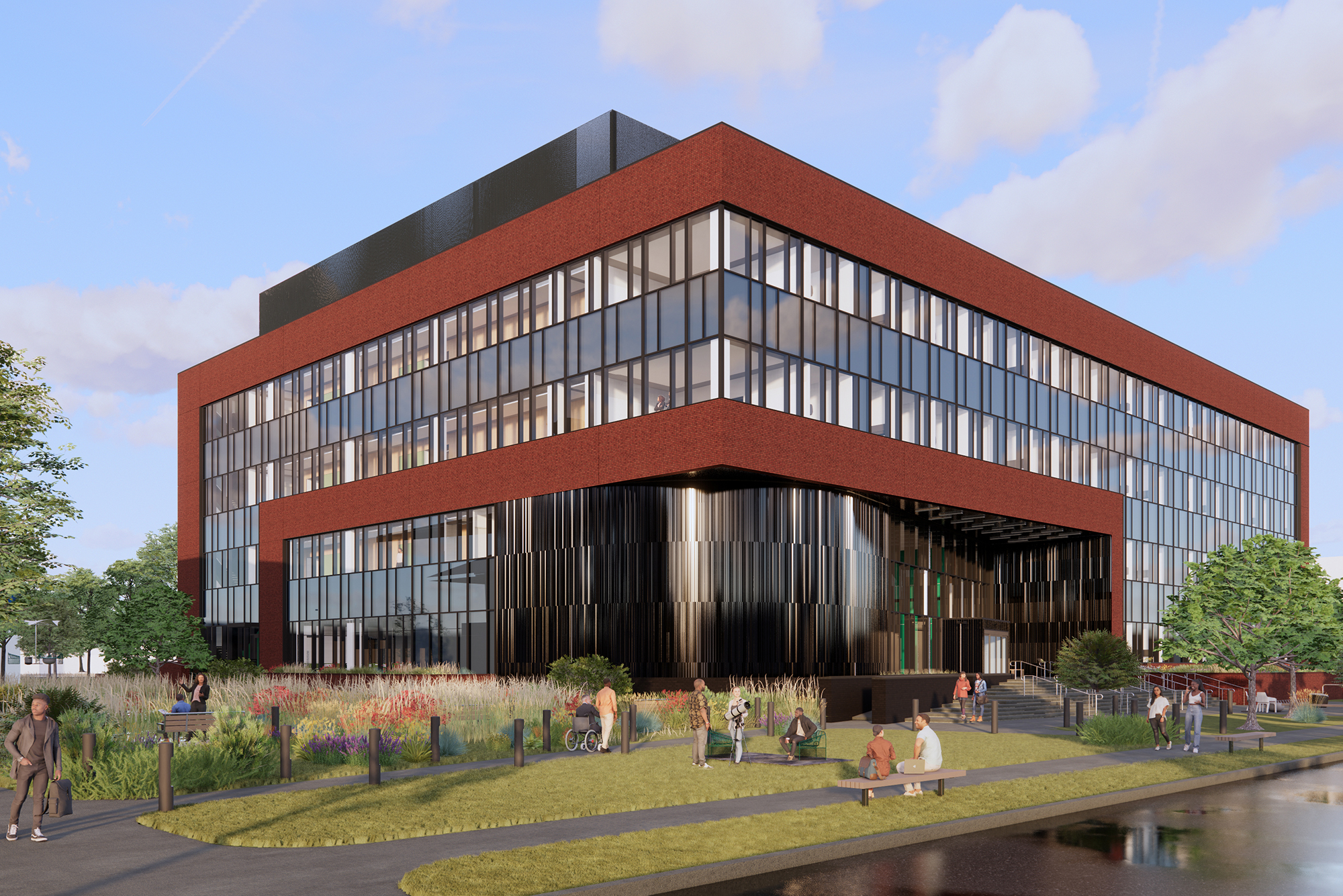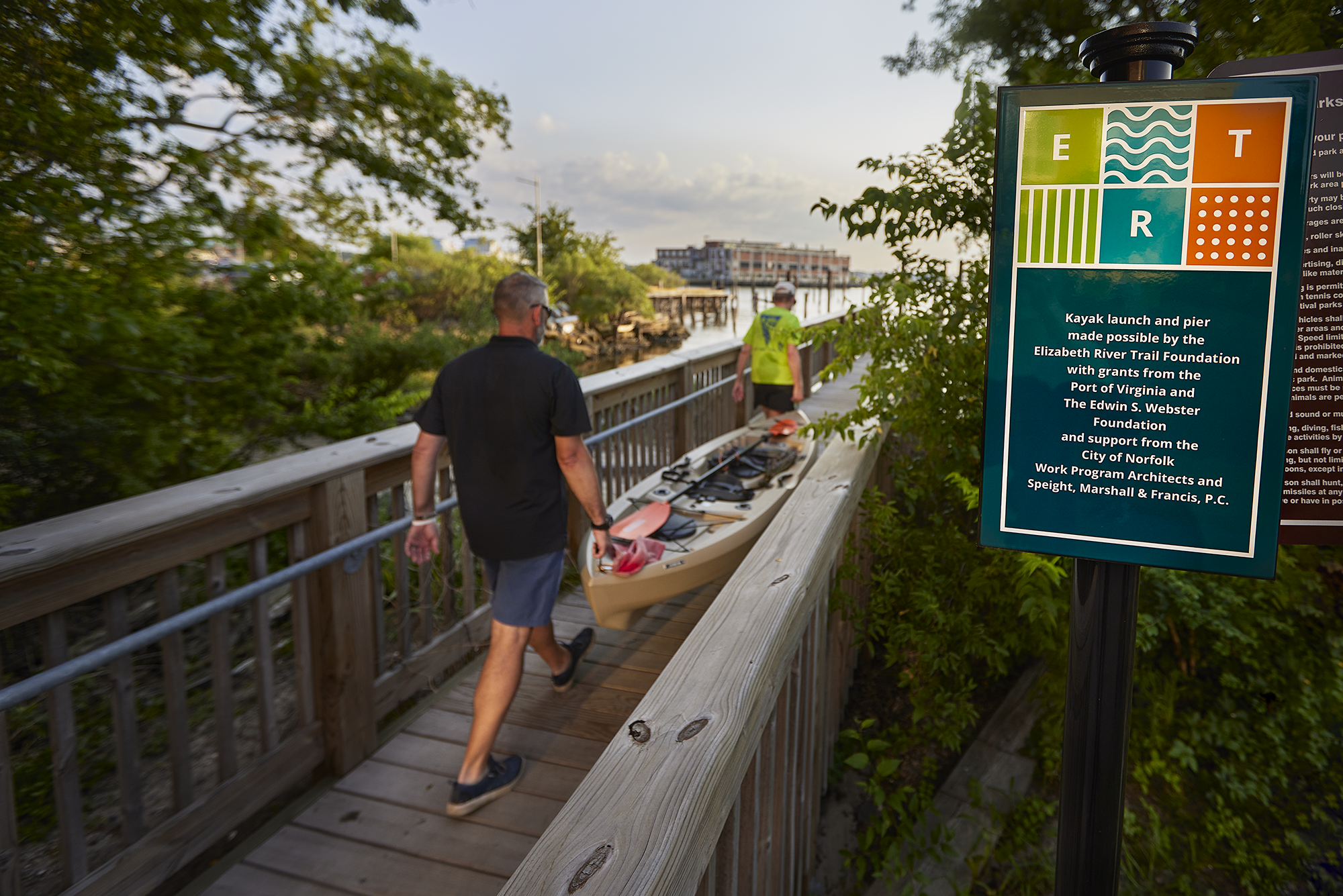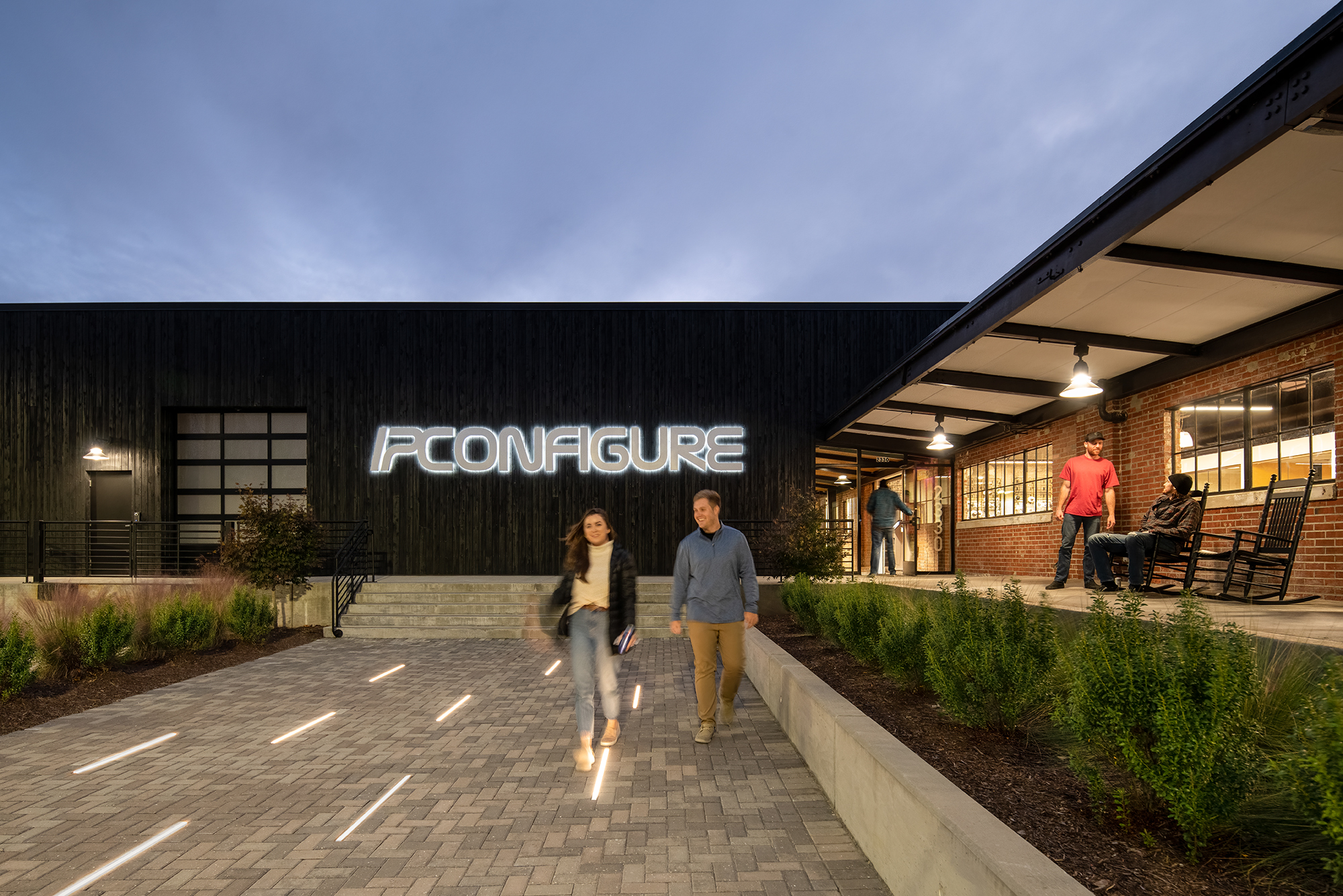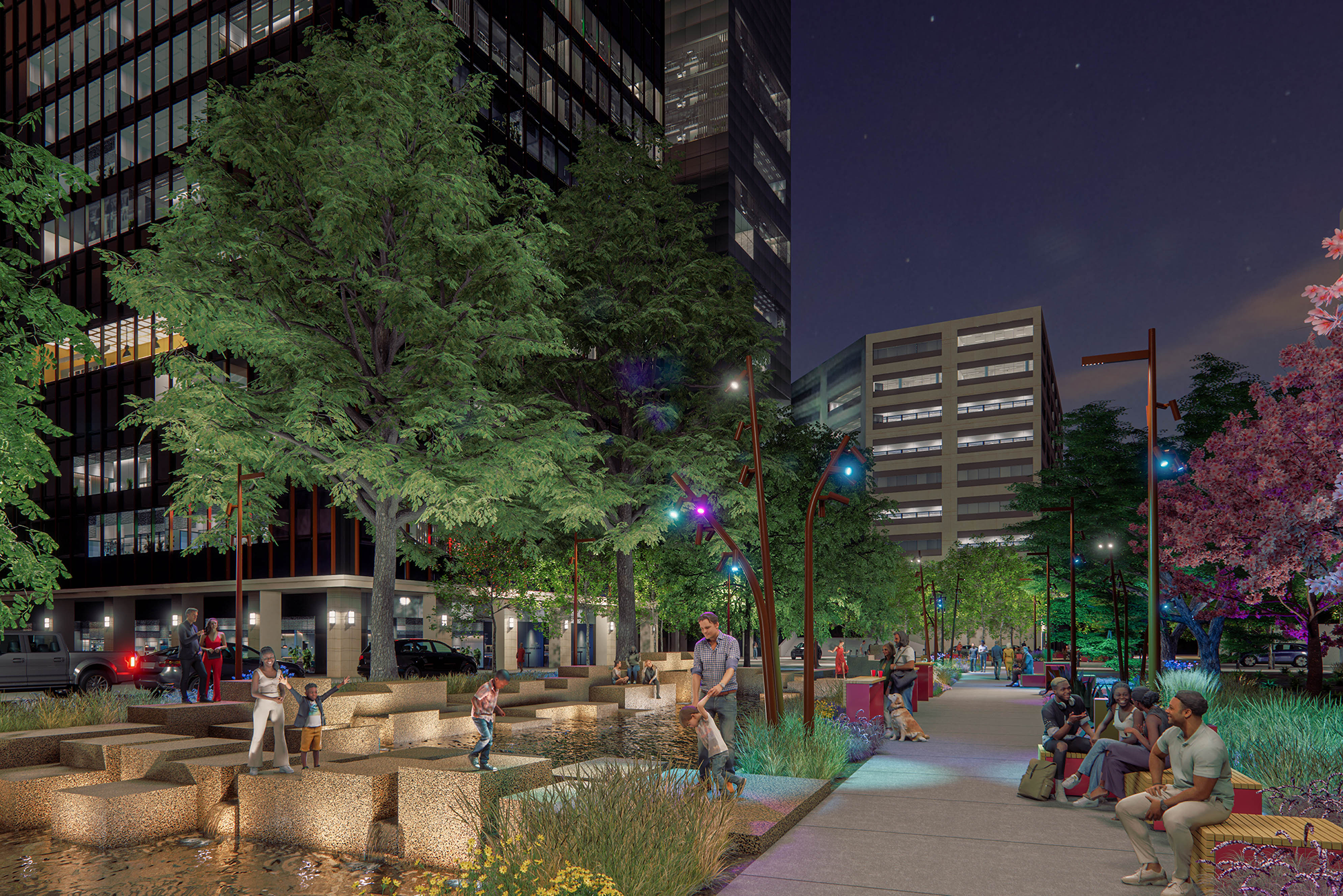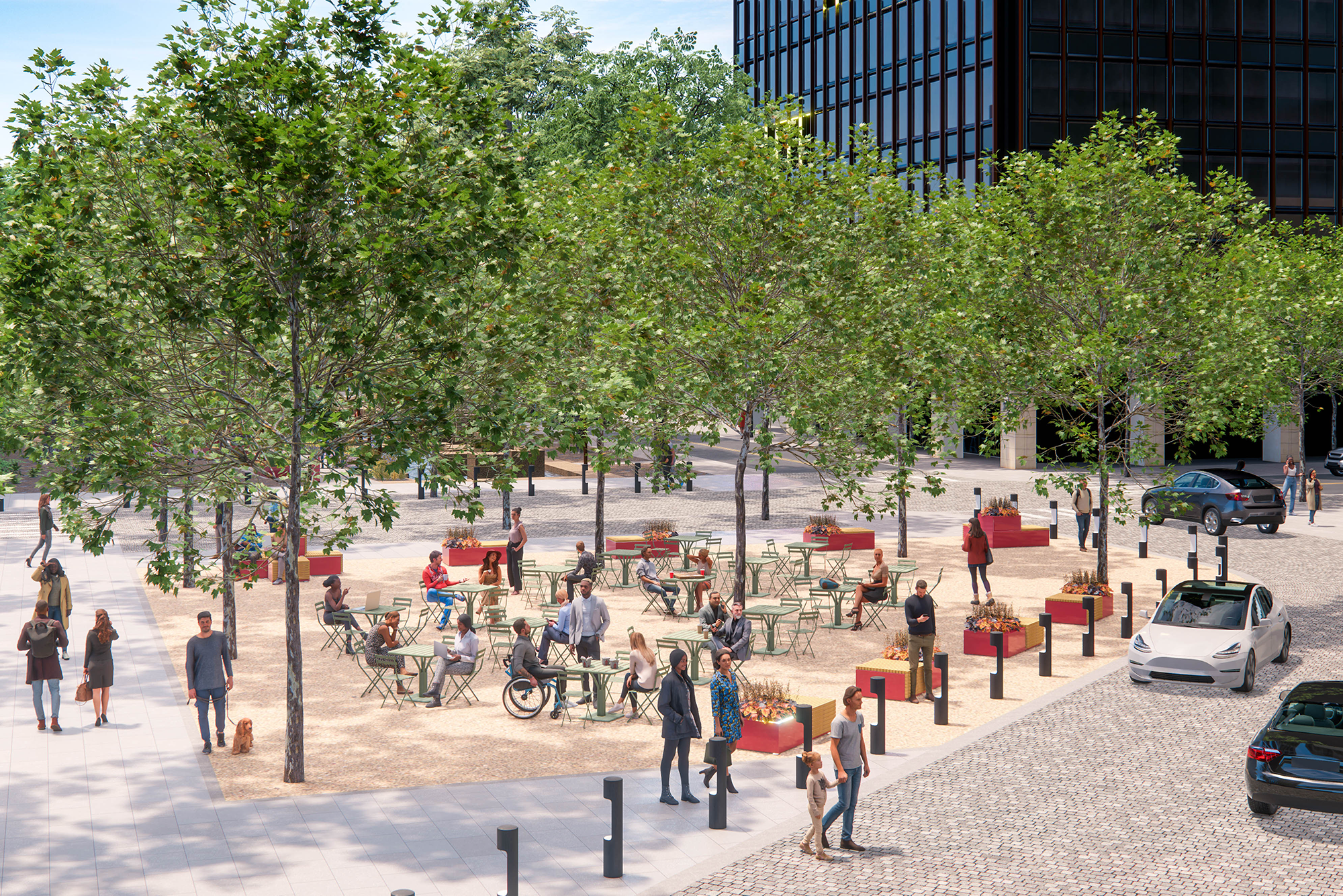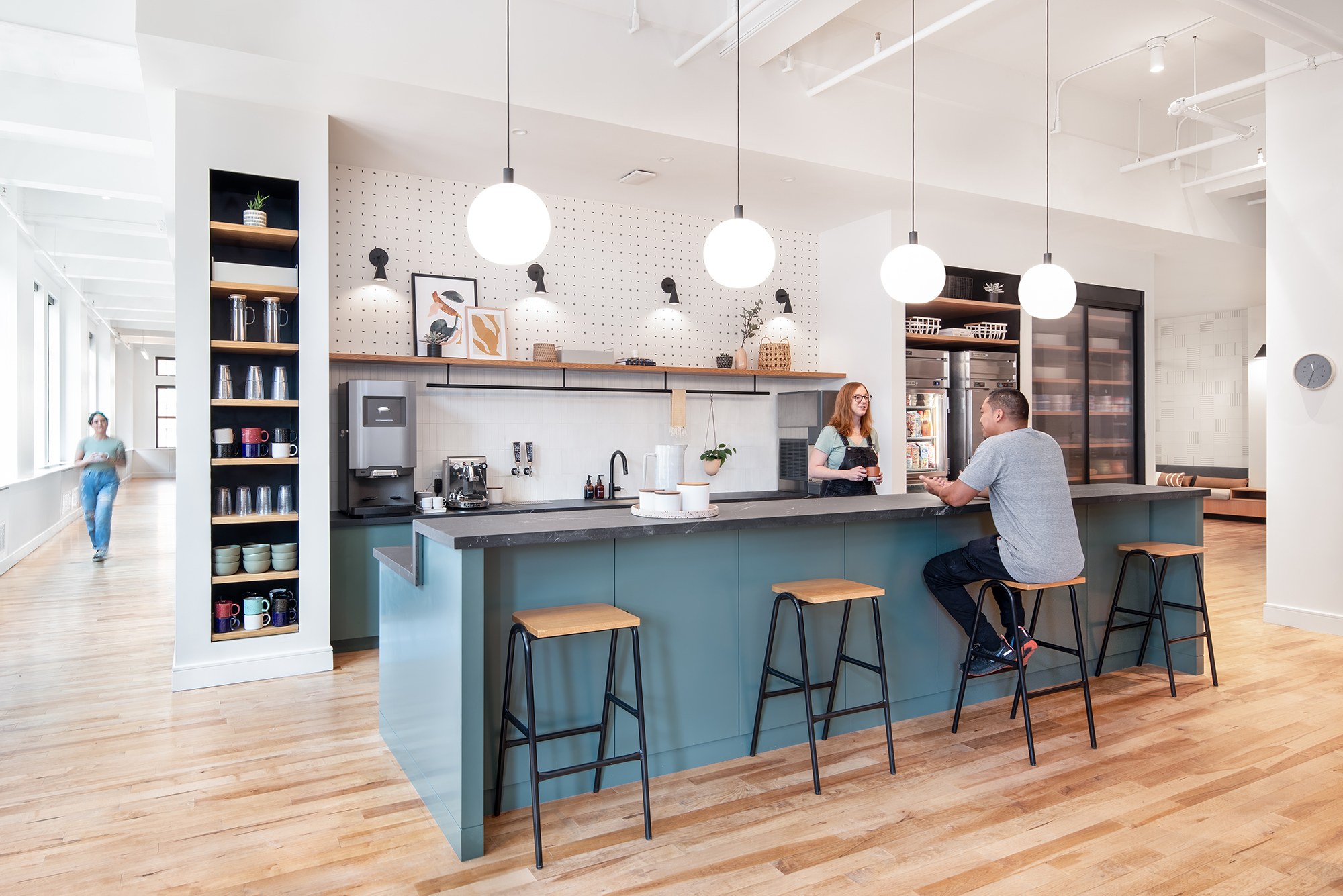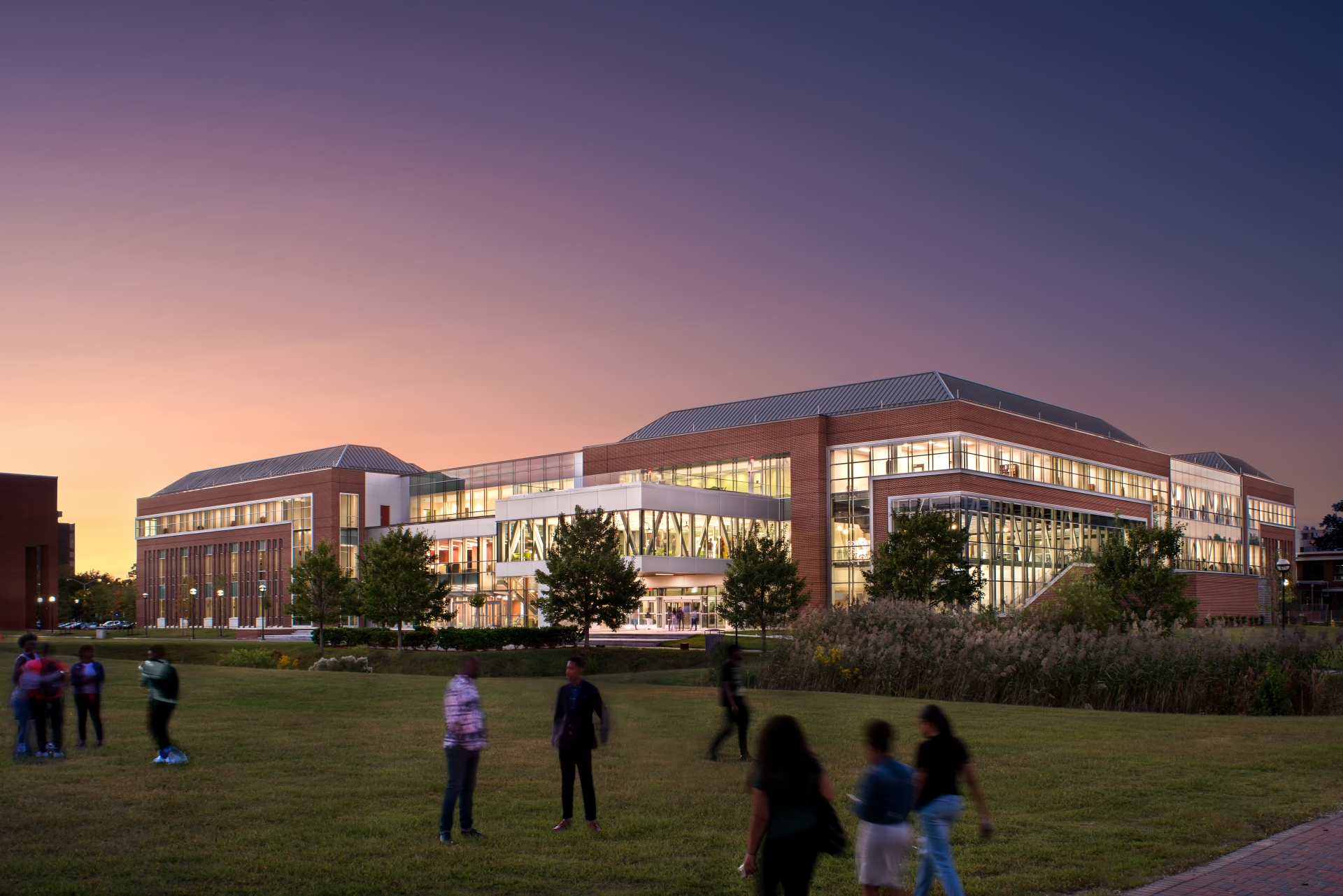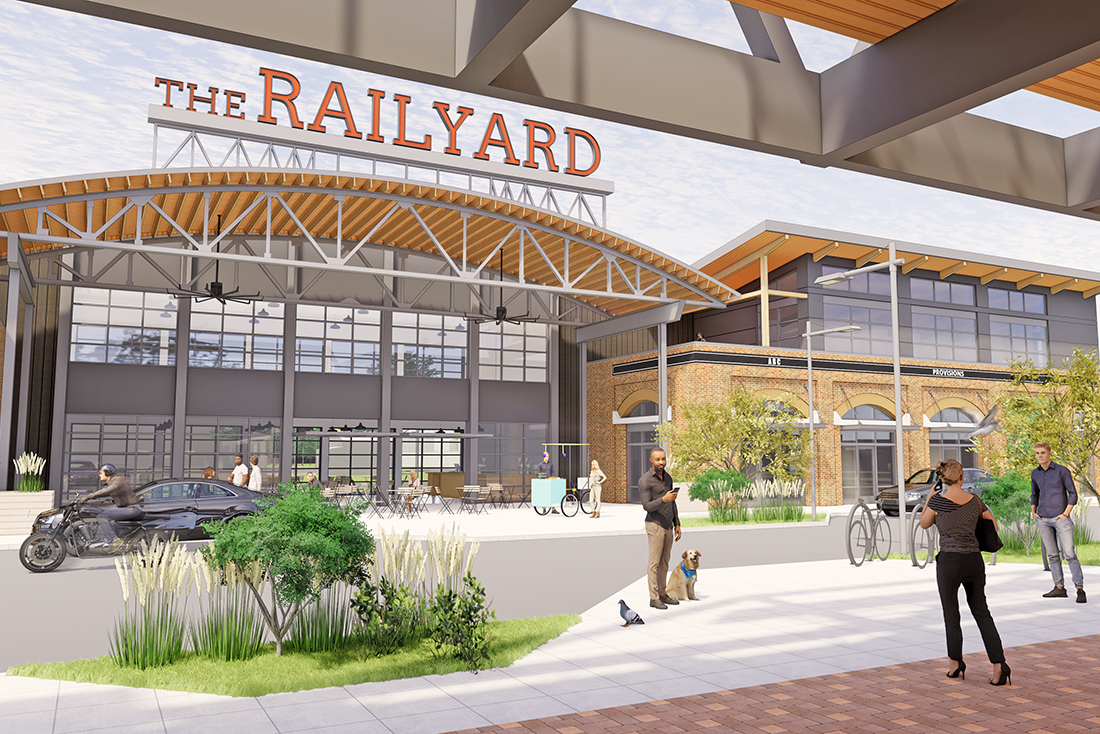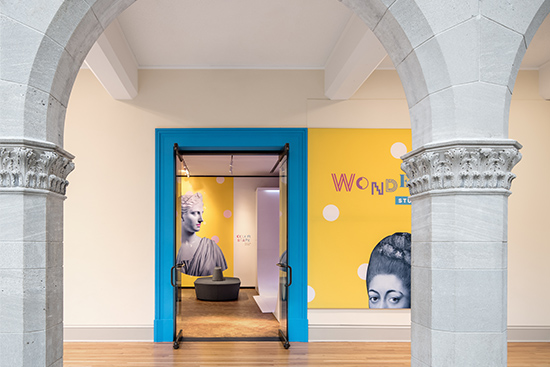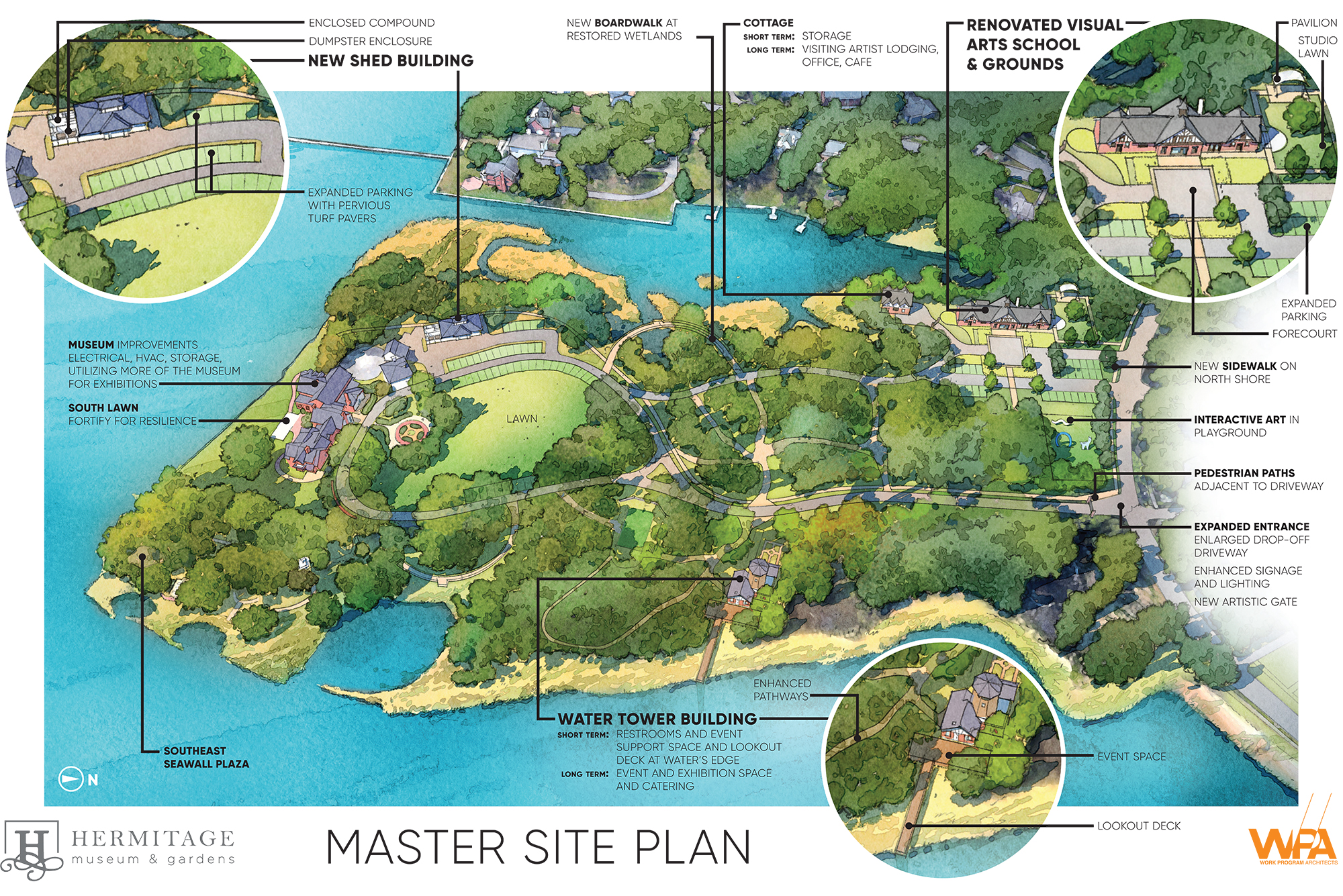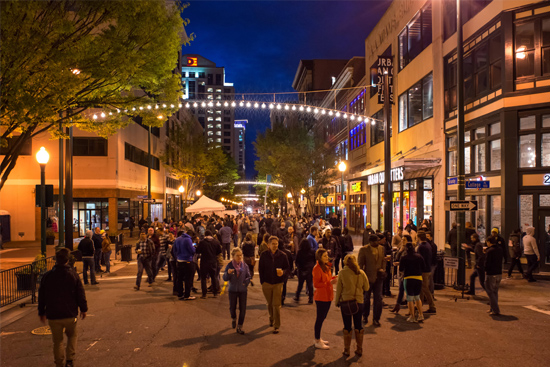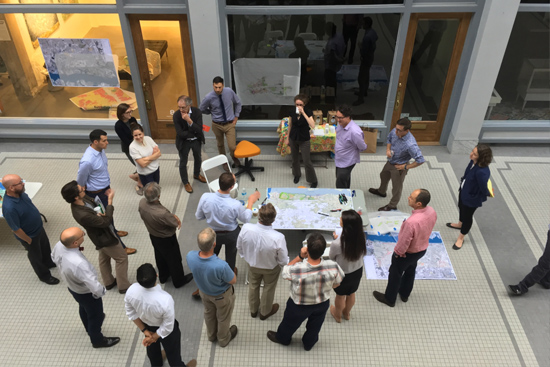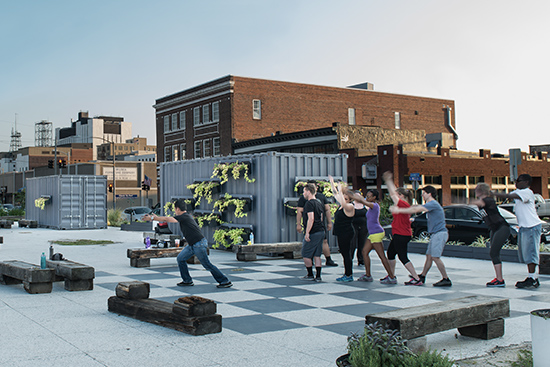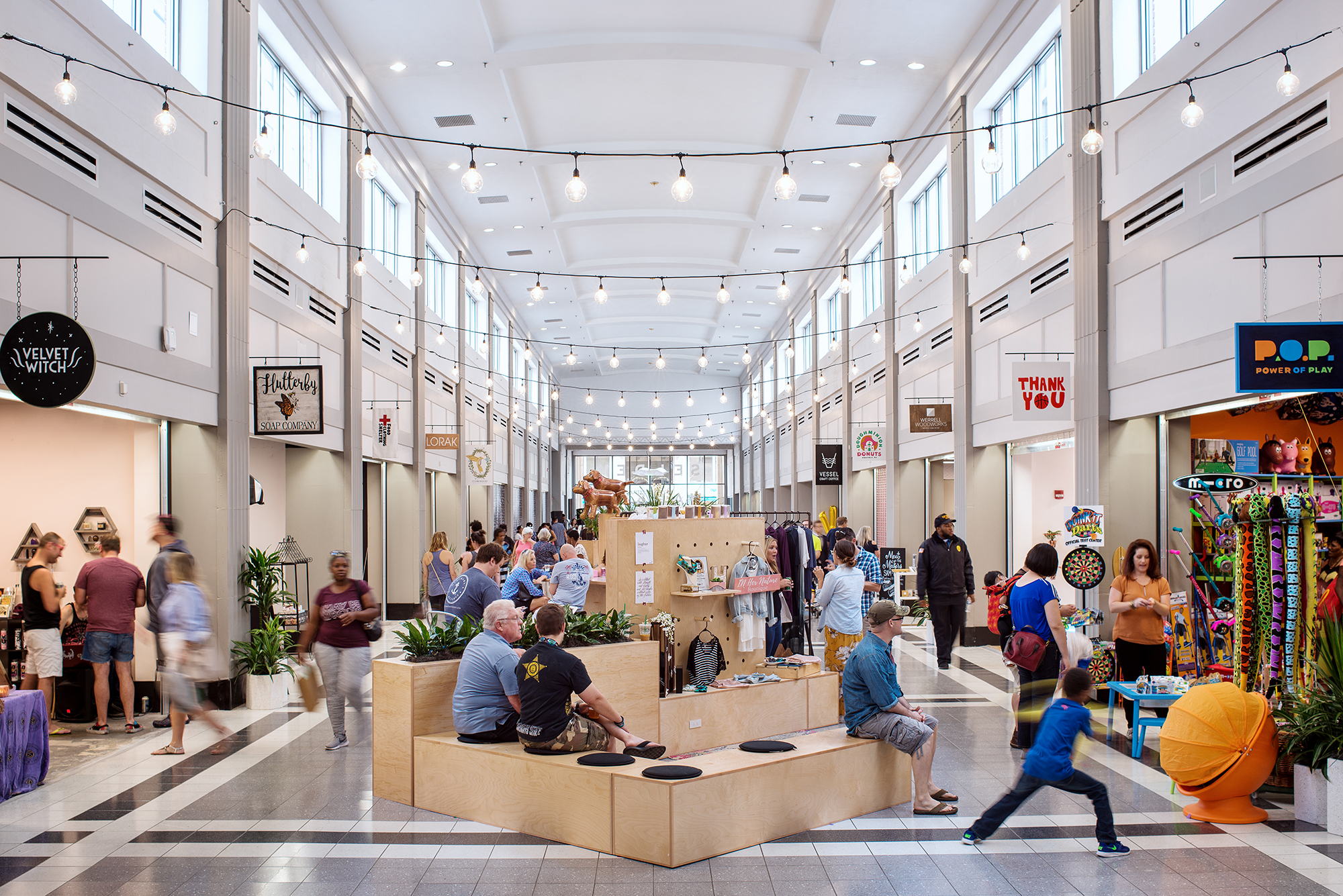Owner
University of Virginia
Location
Charlottesville, Virginia
Size
459,200 square feet
Completion Date
January 2026
PROJECT DESCRIPTION
This new parking garage, offering 1,250 spaces, is a key component of the University of Virginia’s Fontaine Research Park and plays a crucial role in the broader context of the Fontaine Master Plan. Located about two miles southwest of the historic Lawn, the garage is strategically positioned between Fontaine Avenue and Ray C. Hunt Drive, immediately west of the 400 Ray C. Hunt Building.
The Fontaine Master Plan envisions transforming the Research Park into a more integrated, pedestrian-friendly environment that supports UVA’s research initiatives and fosters collaboration across disciplines. The parking garage supports this vision by addressing the need for increased accessibility and connectivity within the campus, accommodating the growing number of researchers, faculty, and students.
Given the site’s challenging topography, with slopes reaching over 40 feet diagonally, the seven-level garage maximizes space efficiency by integrating one level below Ray C. Hunt Drive’s grade, one at grade, and five above grade. This design, featuring a west-end speed ramp and flat floors, not only meets functional demands but also aligns with the overall aesthetic and structural coherence envisioned in the Master Plan.
The garage’s two vertical circulation towers, located on the southwest and southeast corners, ensure seamless movement within the structure. These towers, constructed with architectural precast and laminated glass panels, provide an open, airy feel while enhancing safety and comfort through natural daylight and fresh air circulation. The inclusion of storefront-enclosed top levels and metal security grills on lower tiers further enhances the garage’s security and user experience.
Sustainability is integral to both the garage and the Master Plan, with the structure being PV-ready for future solar panel installation, offering EV charging stations, and incorporating bioswales, rain gardens, and native plant species. These features not only minimize environmental impact but also align with the Master Plan’s commitment to resilience and ecological responsibility. The surrounding site improvements, including a pedestrian plaza and enhanced sidewalks leading to transit stops, further strengthen the connection between the parking facility and the broader Research Park, reinforcing UVA’s vision of a connected and sustainable campus.




